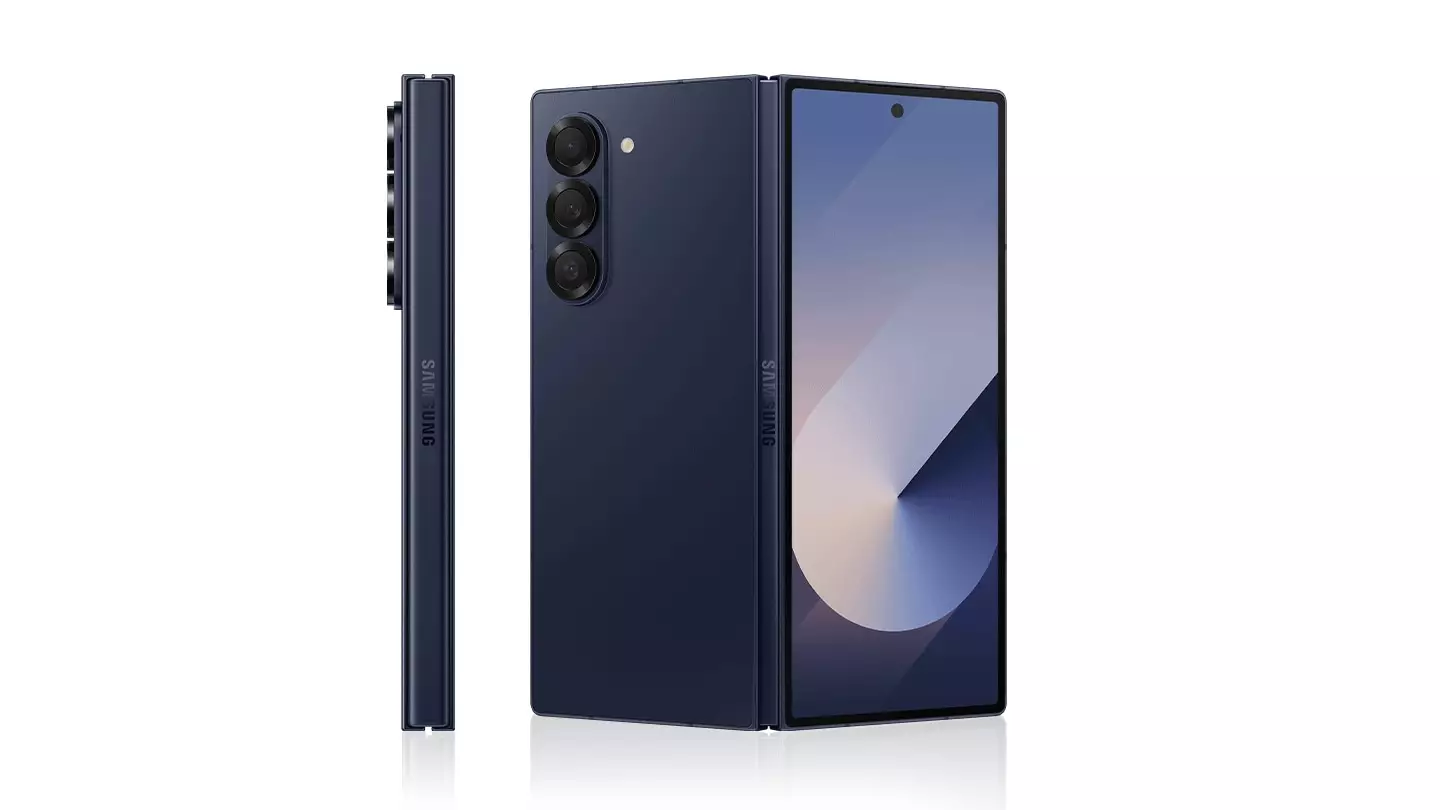In the fast-paced world of smartphones, where innovation often competes with aesthetics, Samsung’s decision to drop the much-criticized “Saturn Ring Design” from the Galaxy Z Fold 7’s camera module reveals a rarely acknowledged, yet crucial reality: consumer feedback can and should impact tech design. Samsung’s previous camera rings, notably bulky metallic circles that surrounded each lens on the Galaxy Z Fold 6 and the Galaxy S25 series, drew wide condemnation for their perceived cheapness and visual disconnect with the premium quality Samsung aims to uphold. The decision to streamline this design ahead of the Galaxy Z Fold 7’s release is a bold, commendable move—one that reflects a brand willing to listen rather than stubbornly dictate trends.
Samsung’s responsiveness here is refreshing. Many tech giants often double down on unpopular design features until market forces or rival product innovations force a change. Samsung’s apparent willingness to pivot mid-production on the Z Fold 7 signals a healthier relationship between brand and user base. This shift also exemplifies how design decisions are not merely about aesthetics but are interwoven with how consumers perceive quality and status. A bulky, garish camera ring might seem minor but can erode the feeling of having a sleek, premium device, weakening the brand’s message at a time when the smartphone market increasingly blurs device categories and experiences.
Hardware Improvements and the Thin Line Between Innovation and Practicality
Accompanying the aesthetic rework is a suite of promising hardware upgrades. The Galaxy Z Fold 7 is rumored to pack the Snapdragon 8 Elite for Galaxy chipset, promising improved performance and efficiency—a vital enhancement as foldables strive to become primary devices rather than mere curiosities or niche gadgets. The blend of a 6.5-inch external display and an 8-inch internal folding screen makes it clear Samsung is doubling down on its signature foldable philosophy: offering versatility without sacrificing power.
However, the supposed dimensions—4.2mm thick unfolded and 8.9mm folded at a featherweight 215g—show Samsung’s obsession with crafting a device that’s not just powerful but physically elegant. This focus counters concerns that foldables might always feel clunky or awkward compared to traditional smartphones. Yet, it raises an important debate in tech innovation: does striving for thinner and lighter always equate to better usability and durability, or can it backfire by sacrificing robustness and battery life? While Samsung’s engineering excellence is indisputable, the pressure to deliver thinner devices each year risks compelling compromises that might not serve long-term consumer interests.
Samsung’s Strategic Position in the Foldable Market
Samsung’s commitment to foldables with the Z Fold 7 launch is a strategic gamble in a market still defining itself. Foldables tap into a complex consumer psyche—where novelty, productivity, and portability converge. With every iteration, Samsung juggles these elements alongside formidable expectations for software refinement and extended battery life. The Galaxy Z Fold 7, by leveraging incremental yet meaningful design and hardware changes, suggests Samsung understands this intricate balance.
Moreover, the early availability of pre-reservations in markets like India underscores Samsung’s focus on global growth and penetration in emerging tech markets. India’s rapidly growing smartphone user base and hence its demand for cutting-edge yet practical tech make it a litmus test for innovations like foldables. Samsung’s proactive marketing and engagement in such regions reflect a recognition that foldables must transcend early adopter enthusiasm and embed themselves into everyday use cases.
The Larger Implication of Samsung’s Design Reversal
Beyond the gadgetry, Samsung’s removal of the “Saturn Ring Design” invites a broader commentary on tech culture today. It highlights a period where companies, once perceived as gatekeepers of design wisdom, must increasingly democratize their innovation processes. User communities vocal and connected through social media platforms wield unprecedented power to influence product development cycles in real-time.
Yet, this also raises questions about whether companies should dot every “i” and cross every “t” before publicizing their designs, mindful of potential backlash. Samsung’s decision feels less like a failure and more like a learned lesson: bold innovation must be coupled with humility and adaptability. In an era where consumers crave authenticity as much as novelty, this approach can carve out sustained brand loyalty.
Samsung is walking a thin but promising line—where incremental refinement speaks louder than pure revolution, and responsiveness eclipses arrogance. The Galaxy Z Fold 7 thus emerges not just as a device but as a symbol of modern tech’s evolving dialogue between maker and user, innovation and expectation, style, and substance.

Leave a Reply